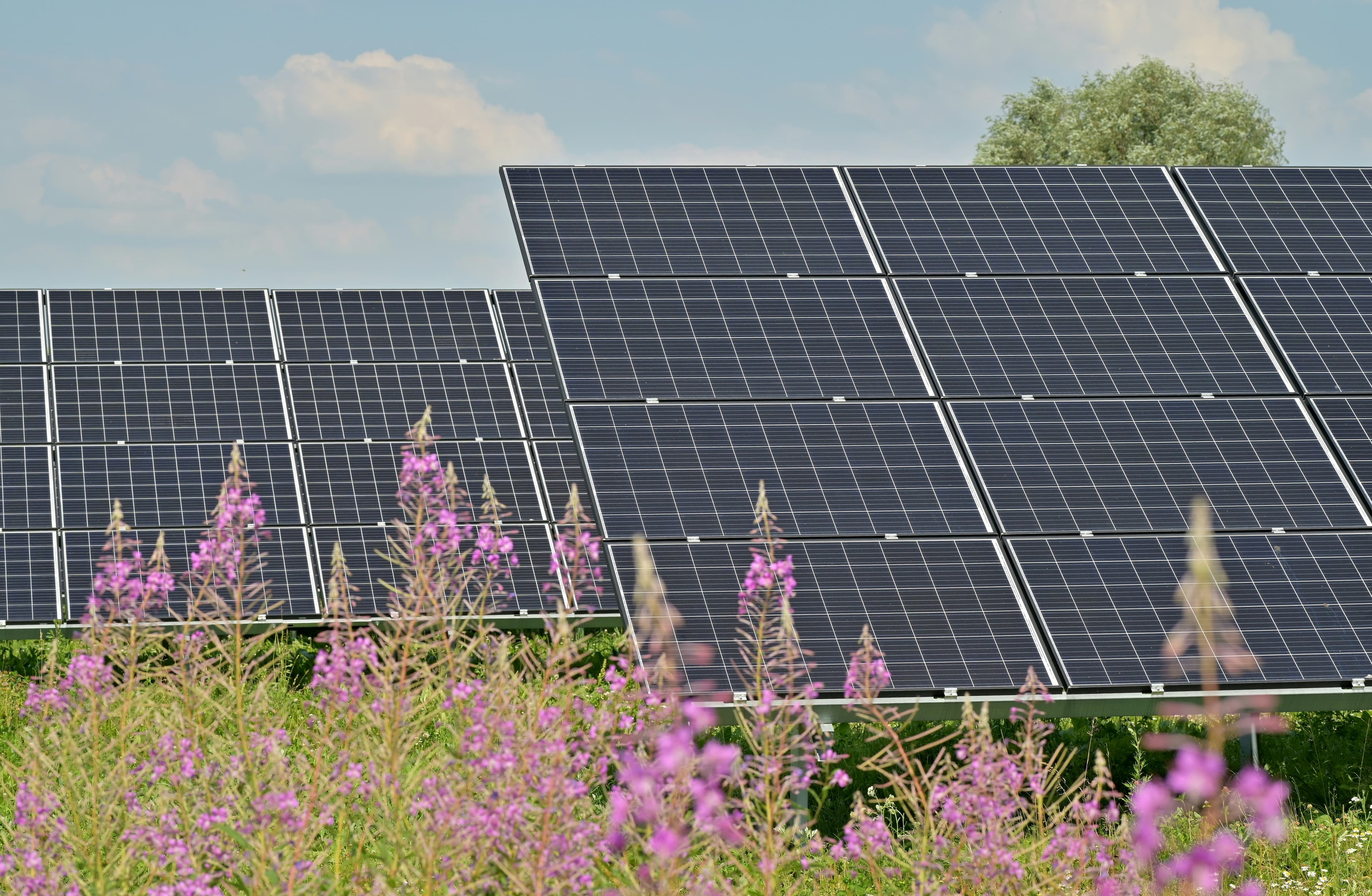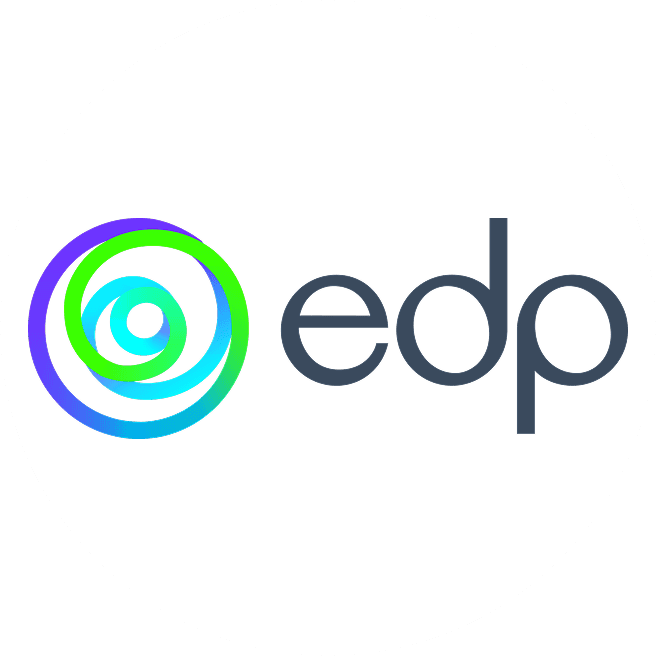
Democratize clean energy in low-income communities
 EDP
EDPSummary
A social solar micro-plant provides energy credits to low-income families, reducing energy poverty and fostering a just transition with a replicable, multi-partner model
Key resources
Context
A significant challenge arose in vulnerable communities like the Favela dos Sonhos in Ferraz de Vasconcelos, Brazil. After a major initiative to regularize the electrical grid, which previously saw 97.5% of households with irregular connections, families faced a new financial burden: paying a formal electricity bill for the first time. This created a risk of energy poverty and payment defaults, undermining the benefits of energy access. To address this, EDP, a global player in the energy sector developed the Micro Usina Solar Social project as part of its broader "Comunidade IN" social program, aiming to provide clean energy access while alleviating financial pressure on residents.
Location of the initiative: The solar plant is located in Roseira, São Paulo, benefiting the Favela dos Sonhos community in Ferraz de Vasconcelos, São Paulo, Brazil.
Solution
The initiative consists of a 75 kWp solar micro-plant built specifically to serve a vulnerable community. The clean energy generated is injected into the local distribution grid. Instead of powering homes directly, this energy is converted into monetary credits, which are then applied to the monthly electricity bills of participating families, generating direct savings.
From a climate perspective, the plant avoided 26 tons of CO2 emissions in its first year of operation. What reflects Brazil's already low-carbon electricity grid. In countries with a higher dependency on fossil fuels, a project of the same scale would achieve substantially greater emissions reductions, making this a highly effective and replicable solution for decarbonization globally.
A key innovation is the project's legal and operational structure. A non-profit association, the "Associação Geração Distribuída Favela dos Sonhos," was created specifically for the project with free legal support. This model allows for the flexible allocation of energy credits to both individuals and local businesses within the community. Families join the association at no cost to receive the benefit.
The project's success relies on a multi-stakeholder partnership:
Social Organization (Gerando Falcões): Manages community relations and engagement, ensuring the project aligns with local needs.
Legal Partner (L.O. Baptista): Provided pro bono services to structure the innovative association model.
Management Partner (Ultragaz/Stella Energia): Manages the monthly process of credit adhesion and distribution to the families' bills, also on a pro bono basis.
Figure 1: Working Scheme: Social Distributed Generation - Micro Solar Power Plant

Impact
Sustainability impact
Climate
The initiative directly reduces greenhouse gas emissions by replacing grid electricity with 100% renewable solar energy. Since its inauguration in February 2024, the plant has generated over 480 MWh of clean energy. This action primarily addresses a reduction in Scope 2 emissions for the beneficiary families and the community.
Social
Social: The project is a cornerstone of a just energy transition.
Poverty Alleviation: It has generated over $ 20,6 K (110 K BRL) in savings for more than 150 families, freeing up household income for essential needs like food and education. An average family can see a discount of $ 5,5 – $ 7,5 (30 – 40 BRL) per month on their bill.
Improved Quality of Life: This initiative is part of a larger investment of over 7.5 BRL million in the community, which includes regularizing the grid, installing 30 solar-powered streetlights for public safety, and improving internal electrical wiring in 55 homes.
Energy Inclusion: It provides access to the benefits of renewable energy for a population that would otherwise be excluded from this market.
No bureaucracy and costs associated: There are no costs for the families to be part of the project, all “Favela dos Sonhos” residents who want to be associated to the initiative, can be part of it.
Business impact
Benefits
Reduces Financial Risk: By helping families pay their bills, the project lowers the rate of customer default and commercial losses in a newly regularized area.
Strengthens Social License to Operate: It builds strong relationships with the community and government stakeholders, enhancing the company's reputation as a responsible corporate citizen.
Innovative Model Testing: It serves as a successful pilot for a replicable legal and financial model for social DG (Distributed Generation) projects that can be scaled to other communities.
Alignment with ESG Goals: The project directly contributes to the UN SDGs 01, 07, 11, 13, 17
Costs
Investment Required: The initial investment for the construction of the micro-plant was over $ 94k (500k BRL)
Impact on Operating Costs: Instituto EDP (social investment arm), covers the plant's operational costs as the "intervening payer" in the association. These costs are significantly minimized through pro bono partnerships for legal counsel and credit management. The cost per family is variable and depends on solar irradiation and the number of associated members.
Impact beyond sustainability and business
Co-benefits
Improved Household Well-being: The money saved on electricity bills is redirected by families to other essential needs, giving them the opportunity to improve nutrition and invest in education, health, and general well-being.
Community Empowerment: The project fosters a sense of ownership and inclusion in the energy transition. By being members of the association, residents become active participants rather than passive recipients of aid.
Implementation
Typical business profile
This initiative is most relevant for companies in the energy and utilities sector, as well as corporations with robust ESG and social investment strategies. It is particularly suited for businesses operating in regions with high solar potential and significant social inequalities, where "just transition" is a key component of the decarbonization journey.
Approach
Community Diagnosis and Partnership: Conduct a detailed needs assessment to identify the core challenges (e.g., energy poverty post-regularization). Forge strong partnerships with a local social organization to ensure community trust and engagement.
Legal and Financial Structuring: Engage legal experts to design a viable model. The creation of a non-profit association proved effective for managing credit distribution to a diverse group of beneficiaries (individuals and small businesses).
Technical Implementation: Design and construct the solar plant. Co-locating the micro-plant on land already used for a larger solar farm can optimize costs related to land use, security, and O&M.
Beneficiary Onboarding: Work with the social partner to run a community campaign to explain the benefits and sign up interested residents to the association.
Operation and Credit Management: Establish a clear process with a management partner to track energy generation monthly, calculate credits, and ensure they are correctly applied to beneficiaries' utility bills.
Stakeholders involved
Project Lead: Instituto EDP led the project, articulating the various partners and providing funding.
Company Functions: The project required close collaboration between the Social Responsibility/ESG, Distributed Generation (EDP Smart), Legal, and Distribution departments.
Gerando Falcões (NGO): Community engagement and social articulation.
L.O. Baptista (Law Firm): Pro bono legal structuring.
Ultragaz (Energy Company): Pro bono credit management and beneficiary onboarding.
Other: The community residents themselves are active participants. Regulatory bodies like ANEEL and local government were also key stakeholders.
Key parameters to consider
Initiative Maturity: The solar technology is mature. The innovative aspect lies in the social application and the legal/financial model, which is replicable but requires expert legal guidance.
Implementation Timeline: The project took approximately 18 months from detailed planning and partnership structuring to full operation.
Average Lifetime of Initiative: The solar plant has a lifespan of over 20 years. The benefit is programmed to serve one community for a 3-year cycle before being redirected to another, ensuring a long-term social legacy.
Technical Pre-requisites: A fully regularized and safe electrical distribution grid within the beneficiary community is an essential prerequisite for the project's success and safety.
Implementation and operations tips
Main challenges faced:
Community Trust:
Gaining the trust of residents in a vulnerable community to sign up for a new program and provide personal data.
Legal Complexity:
Navigating the regulatory framework for distributed generation and creating a new legal entity (the association) to manage the benefits.
Social Transition:
Addressing the new financial stress on families who began receiving a formal electricity bill for the first time after grid regularization.
How to overcome challenges and ensure success:
Partner with Trusted Intermediaries:
Collaborating with an established and respected NGO (Gerando Falcões) was crucial for community engagement and effective communication.
Secure Pro Bono Expertise:
Engaging specialized partners for legal and administrative services on a pro bono basis minimized costs and overcame complex technical barriers.
Provide a Tangible, Zero-Cost Benefit:
The key to adoption was offering a direct financial benefit (bill reduction) at no cost to the families, which directly countered the new financial pressure.
Tips for long-term success:
Adopt a Holistic View:
The project's impact is magnified because it is integrated into a broader social program that also addresses grid safety, public lighting, and professional training.
Communicate Value Continuously:
Regularly inform beneficiaries of their individual and collective savings through newsletters or community meetings to reinforce the project's value and maintain engagement.
Plan for the Long Haul:
Design the project with a long-term vision. By planning to redirect the plant's benefits to other communities after an initial cycle, the asset's social return on investment is maximized over its 20+ year lifespan.